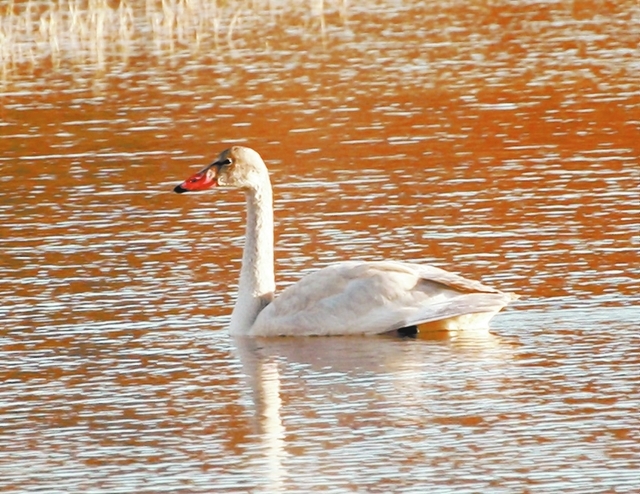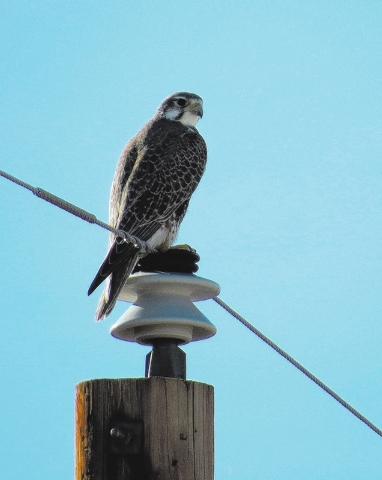Weather cooperates for annual bird count
AMARGOSA VALLEY — Seventeen volunteers took part in the 19th Annual Christmas Bird Count at Ash Meadows National Wildlife Refuge Dec. 15, serving as citizen scientists joining tens of thousands of volunteers as part of the National Audubon Society’s 114th Annual Christmas Bird Count.
The volunteers enjoyed favorable weather conditions, with a high temperature of 65 degrees. This contrasted with the wind and rain in Christmas bird counts on the refuge the last few years. The volunteers tallied 2,292 birds of 72 different species during the day-long survey, which began at daybreak and continued into the early evening.
“We had a good mixture of first-time birders along with experienced hands and hope to see growing interest in the local community to get outdoors and get involved in these amazing citizen scientist programs. Audubon and other organizations will use the data collected Sunday to assess the health of bird populations and to help guide conservation action,” refuge coordinator Abram da Silva said.
Last year the Christmas Bird Count had to be postponed until Jan. 7, 2013 due to rainy conditions at the refuge. That bird count was far fewer, with 1,341 birds and 62 species counted.
The 2011 Christmas Bird Count logged 3,266 birds and 72 species, including a peregrine falcon and great horned owl. The 2009 count was even more bountiful, with a count of 4,926 birds.
Ash Meadows National Wildlife Refuge is home to 26 plant and animal species found nowhere else; it is also home to 239 bird species. Volunteers this year spotted a golden eagle, a great blue heron and a great egret.
This year the annual Christmas Bird Count (CBC) for Death Valley National Park will take place on Jan. 4. People can experience the diversity of habitats and birds in the Death Valley/Furnace Creek area. The public is invited to participate in this count and all skill levels are welcome. For beginners, this it is an opportunity to learn about birds in the area, get identification tips and meet others interested in desert environments. Birdwatchers are recommended to dress in layers, bring hat and sunscreen, water and snacks/lunch, and binoculars.
Volunteers will meet at 7 a.m. at the Furnace Creek Golf Course parking lot. Linda Manning is the contact; her number is 760-786-3252 or linda_manning@nps.gov.
The data collected by the CBC participants over the past century allows researchers, conservation biologists, and other interested individuals to study the long-term health and status of bird populations across North America.
When combined with other surveys, such as the Breeding Bird Survey, it provides a picture of how the continent’s bird populations have changed in time and space over the past hundred years.
The long term perspective made possible by the Christmas Bird Count is vital for conservationists. It informs strategies to protect birds and their habitat — and helps identify environmental issues with implications for people as well.



















